People use the term “Loach” to reference an incredibly wide range of different fish species. In fact, over a thousand different species make up the superfamily Cobitoidea. However, researchers consider the Cobitidae family the “True Loaches,” and thus we will focus primarily on that group. Read on to learn about the Loach.
Description of the Loach
Though over 200 species exist, these fish often share a similar body shape. Most have a vermiform, or worm-like shape, with an elongated and narrow body. They also possess fleshy, whisker-like appendages near their mouths, known as barbels.
Generally, these fish range in size and color depending on the species. However, most measure about five or six inches in length.
Interesting Facts About the Loach
With such an incredible variety, it should come as no surprise that these fishes have numerous interesting traits and behaviors. Learn more about a few individual species, below.
- Kuhli Loach – At first glance you might mistake this species for a tiny eel. It has a long and slender body with dark stripes. You can often find this species in home aquariums, where it likes burying itself in the gravel or hiding beneath logs.
- Horseface Loach – This species, like the name suggests, has a rather elongated face. Its odd appearance makes it another species popular in home aquariums. The pointed mouth, or rostrum, makes it easier for the fish to burrow into sand or gravel.
- Pond Loach – While this species typically lives in eastern Asia, you can find it in other regions of Eurasia, as well as North America and Australia. People sometimes refer to this species as the Weather Loach, because it swims frantically before a storm arrives.
Habitat of the Loach
The various species have different habitat preferences. Some live in a variety of different ecosystem types, while others prefer just a few types of habitats.
All species live in benthic regions, or along the bottom. A few of the different types of habitats that they occupy include rivers, ponds, streams, and more. Many live in waters with low oxygen levels because fewer predators exist.
Distribution of the Loach
As is the case with habitat, distribution and range vary based on the species at hand. You can find the populations of some species across vast regions, while others live only in a small isolated region. Most species live in various parts of Eurasia, but you can also find some in northern Africa.
Diet of the Loach
Though some vary from the norm, most species have omnivorous diets, which means that they eat both plant and animal matter. Their most common foraging strategy is scavenging, or eating things that are already dead.
Some also feed on tiny shrimp and crustaceans, insect larvae, snails, and more. Most eat just about anything that they find, and have opportunistic foraging habits.
Loach and Human Interaction
Humans utilize different species in different fashions. Some people keep these fish as pets, with the Kuhli, Horseface, and Pond Loach as most common species in aquariums. In regions of eastern Asia some people also eat these fish as food. They also raise some species for this purpose in fish farms.
Human impact on wild populations varies based on the species at hand. Some species have large and stable populations while others face declining populations.
Domestication
Humans have not domesticated these fish in any way.
Does the Loach Make a Good Pet
A few species do make good pets. However, you should do your research before adding any animal to the family to ensure you know how to properly care for them.
Additionally, you should never purchase an animal captured from the wild, as they can spread disease to your other fish and deplete native populations.
Loach Care
Different species have slightly different care needs. However, most do not reach large sizes, so you do not need an excessively large tank to house them.
You should provide them with sand or gravel substrate that they can burrow into when frightened, and a variety of hiding places like branches or logs. They do well on a diet of commercially prepared fish food, as well as frozen foods.
Behavior of the Loach
Though behavior varies from species to species, most have social lifestyles and prefer living with others of their kind. With that said, they are not schooling fish, and do not congregate in large groups or shoals.
Their social groups number just a handful of individuals in close proximity to one another. Some species also change their behavior in relation to approaching low pressure systems of weather.
Reproduction of the Loach
Breeding habits vary from species to species, and different species have different maturation rates, egg production, incubation periods, etc.
Reproduction occurs via spawning, where the female lays her eggs and the male fertilizes them outside of the body. It takes just a few days for most species of eggs to hatch into young, known as fry. Typically, the parents do not care for the young in any way.

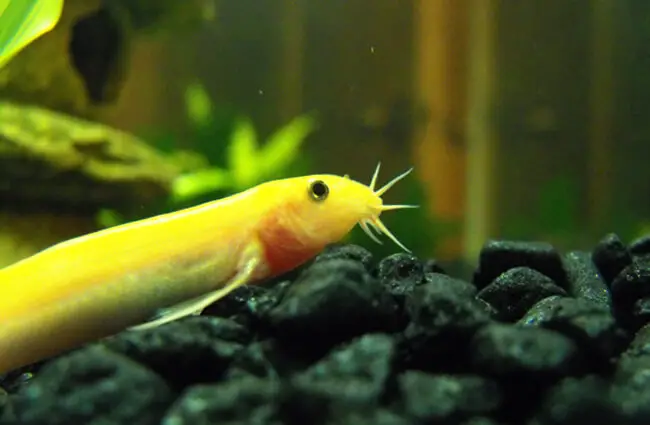
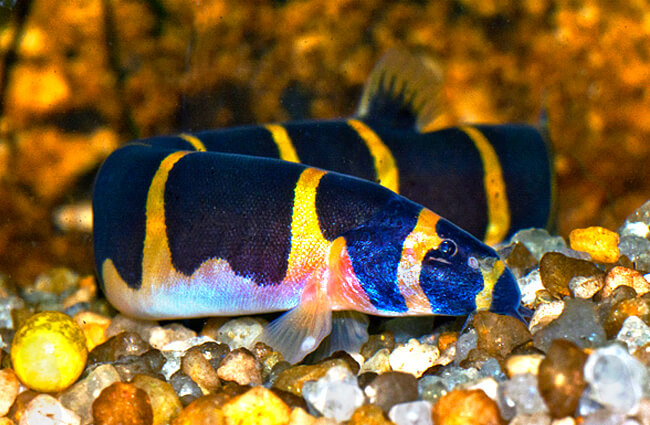
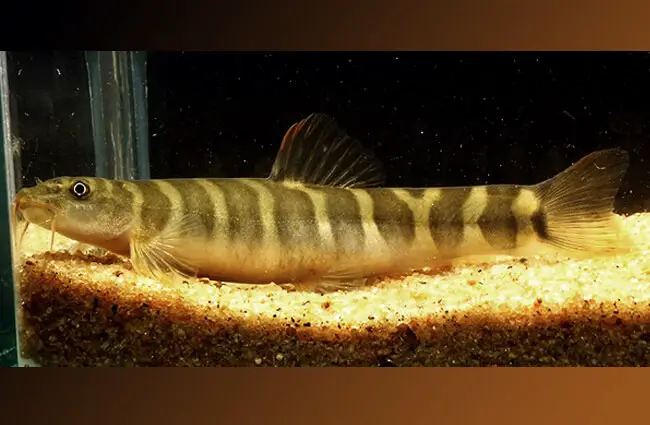
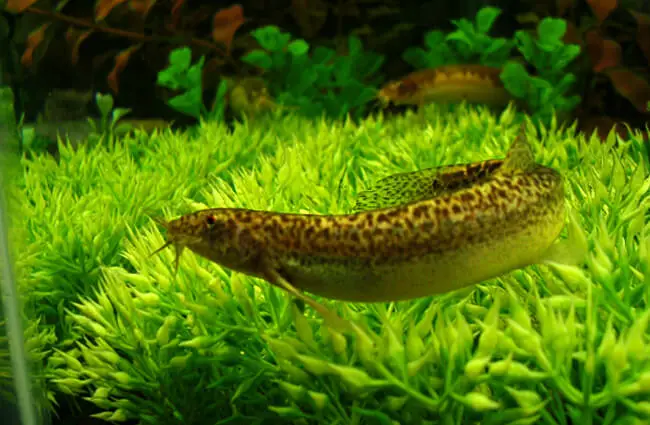
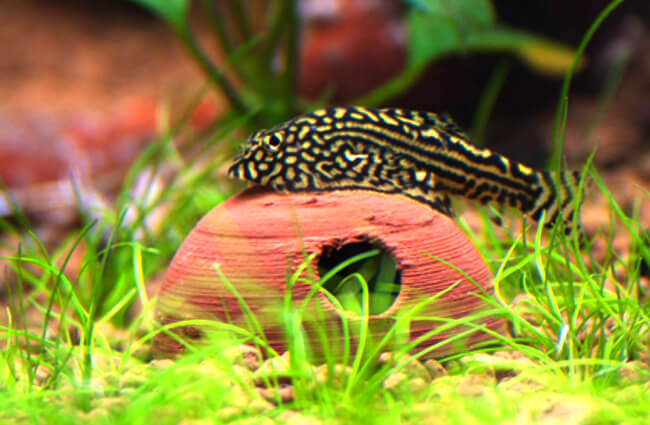
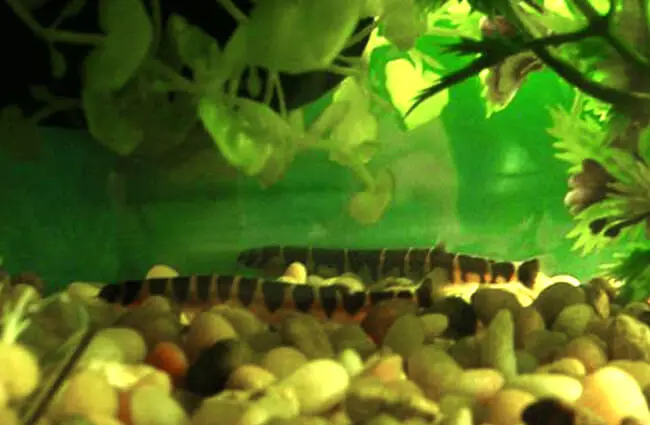

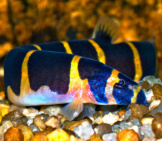
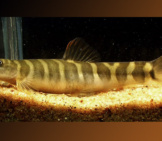
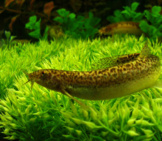
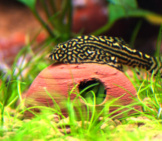
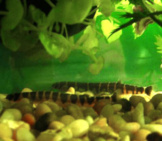
![Red Angus Closeup of a beautiful Red Angus cowPhoto by: U.S. Department of Agriculture [pubic domain]https://creativecommons.org/licenses/by/2.0/](https://animals.net/wp-content/uploads/2020/03/Red-Angus-4-238x178.jpg)












![Red Angus Closeup of a beautiful Red Angus cowPhoto by: U.S. Department of Agriculture [pubic domain]https://creativecommons.org/licenses/by/2.0/](https://animals.net/wp-content/uploads/2020/03/Red-Angus-4-100x75.jpg)

